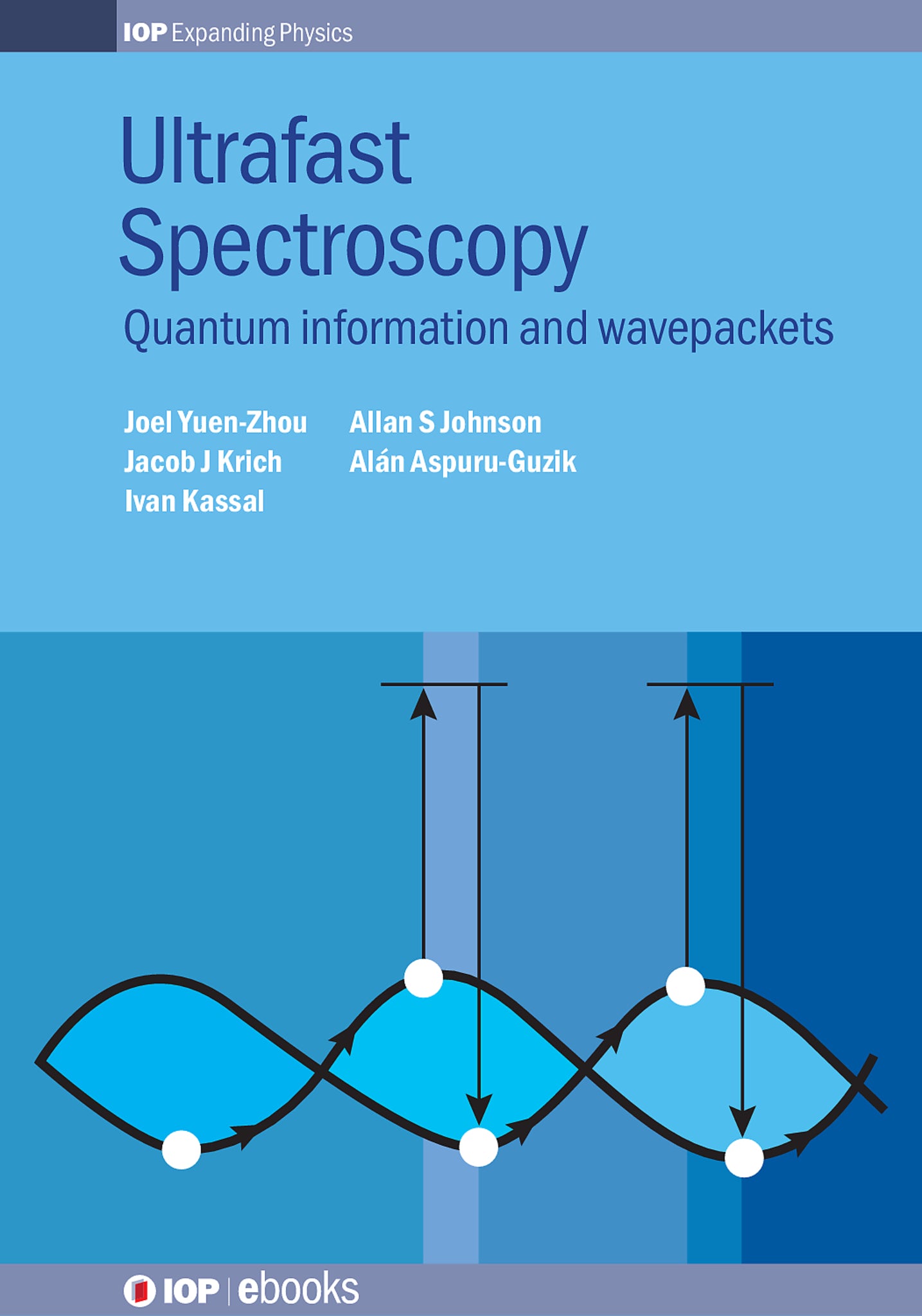We're sorry. An error has occurred
Please cancel or retry.
Ultrafast Spectroscopy
Regular price
£95.00
Sale price
£95.00
Regular price
£95.00
Unit price
/
per
Sale
Sold out
Re-stocking soon
A physically intuitive approach to nonlinear spectroscopy with practical applications through the modern lens of quantum information and wavepackets, and accompanied by MATLAB® code.

Some error occured while loading the Quick View. Please close the Quick View and try reloading the page.
Couldn't load pickup availability
- Format:
-
05 September 2014

The applications of nonlinear ultrafast spectroscopy are numerous and widespread, and it is an indispensable technique in modern research. Unfortunately, it is also a topic that can be daunting to those meeting it for the first time. Making use of many worked examples and accompanied by MATLAB® codes for numerical simulations of spectra, the authors deliver a practical and intuitive approach to the subject. Assuming just an understanding of quantum mechanics and statistical mechanics, the book delivers an introduction to the subject for advanced students and researchers. It will also be useful for practitioners, who are already familiar with the subject, but who want to develop a more conceptual understanding. Once a reader has assimilated the material in this text, they will be fully equipped with the tools to devise well reasoned spectroscopic experiments.

Price: £95.00
Pages: 145
Publisher: Institute of Physics Publishing
Imprint: Institute of Physics Publishing
Publication Date:
05 September 2014
ISBN: 9780750310628
Format: eBook
BISACs:
SCIENCE / Spectroscopy & Spectrum Analysis, Chemical physics, Spectrum analysis, spectrochemistry, mass spectrometry

In six short chapters the authors of this lucid monograph develop an intuitive description of the interaction of femtosecond light pulses with an ensemble of chromophores.
Michael Belsley 2016 Contemporary Physics, Taylor & Francis
Preface
The authors
Glossary of common terms
Introduction
1 The process matrix and how to determine it: Quantum Process Tomography
2 Model systems and energy scales
3 Interaction of light pulses with arrays of chromophores: polarization gratings
4 Interaction of light pulses with arrays of chromophores: wavepackets
5 Putting it all together: QPT and Pump-Probe Spectroscopies
6 Computational methods for spectroscopy simulations
7 Conclusions
A Mathematical description of a short pulse of light
B Validity of time-dependent perturbation theory in the treatment of light-matter interaction
C Many-molecule quantum states of the array of chromophores interacting with coherent light
D Frequency-resolved spectroscopy
E Two-dimensional spectroscopy
F Isotropic averaging of signals



